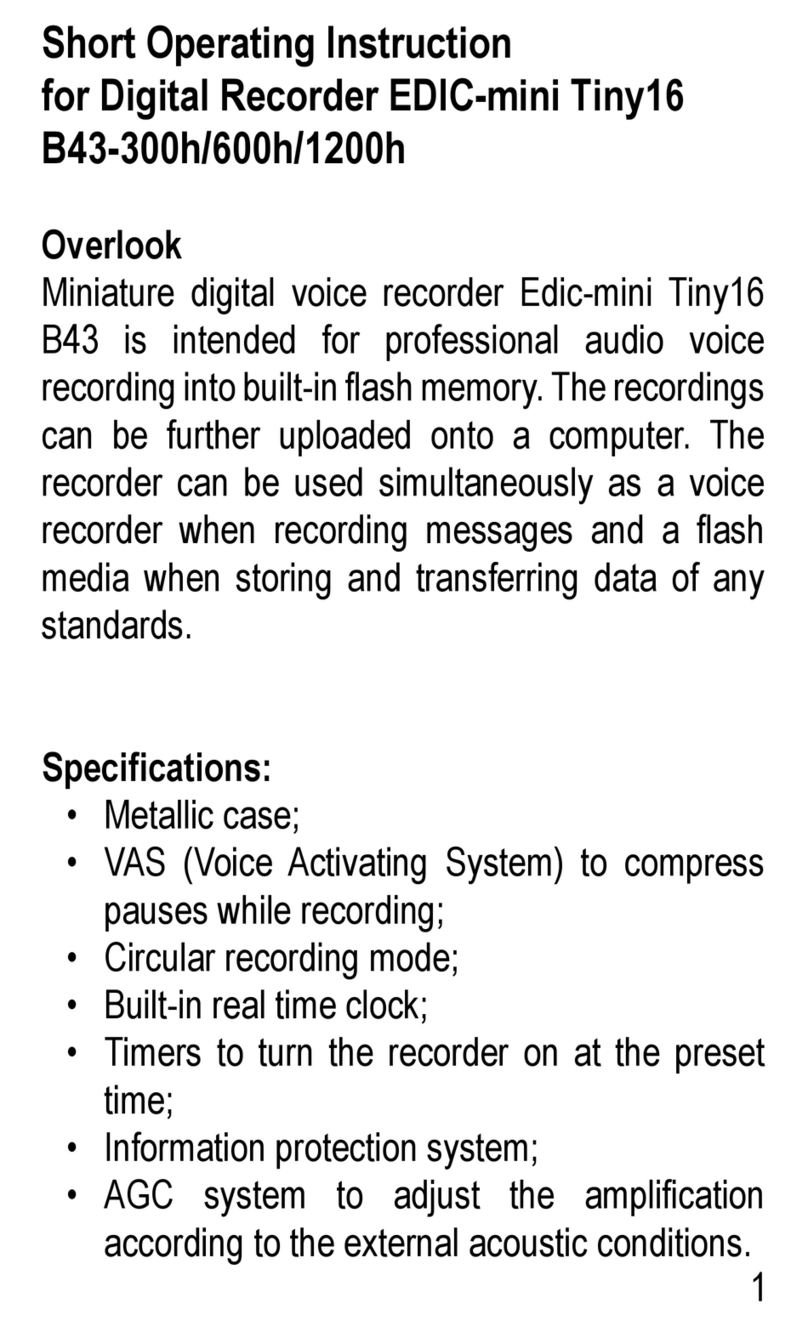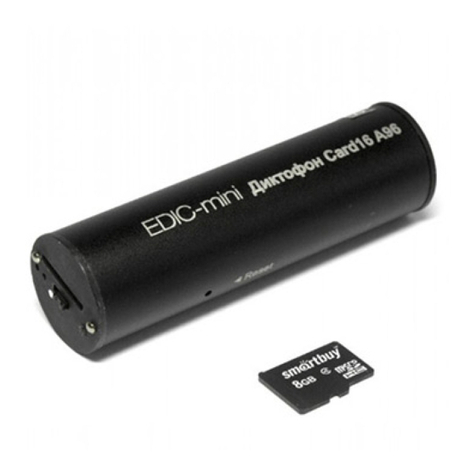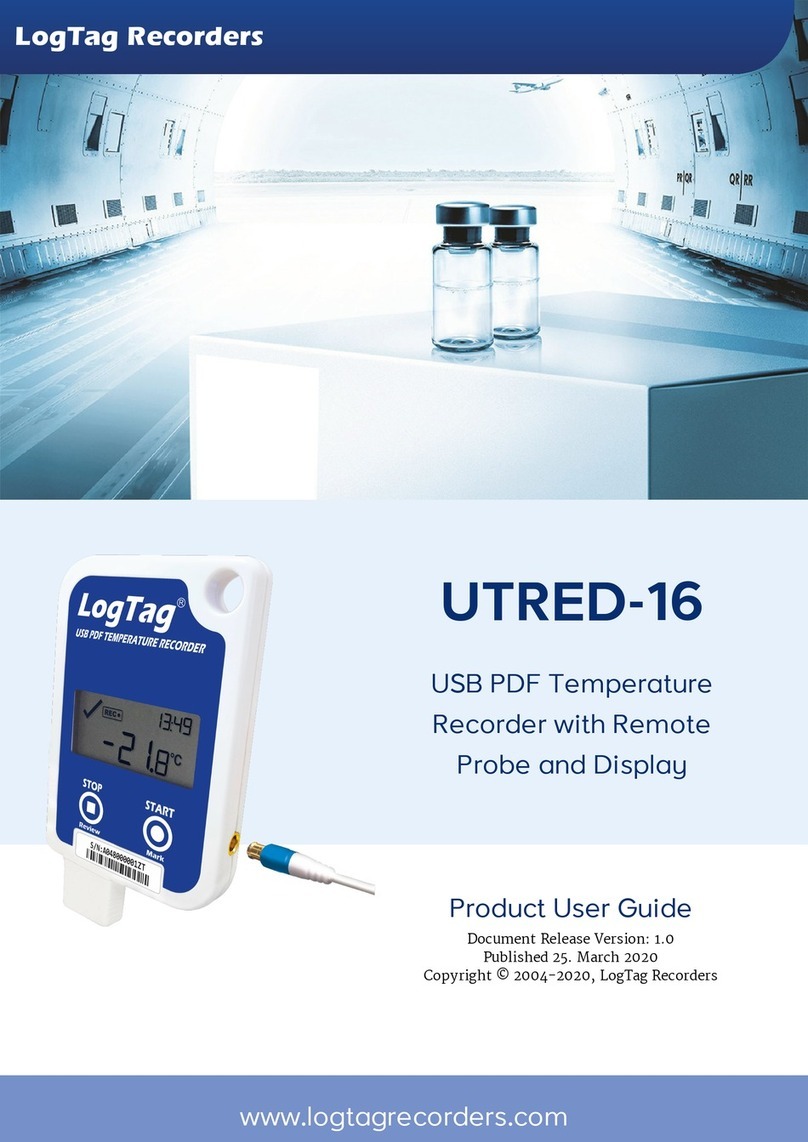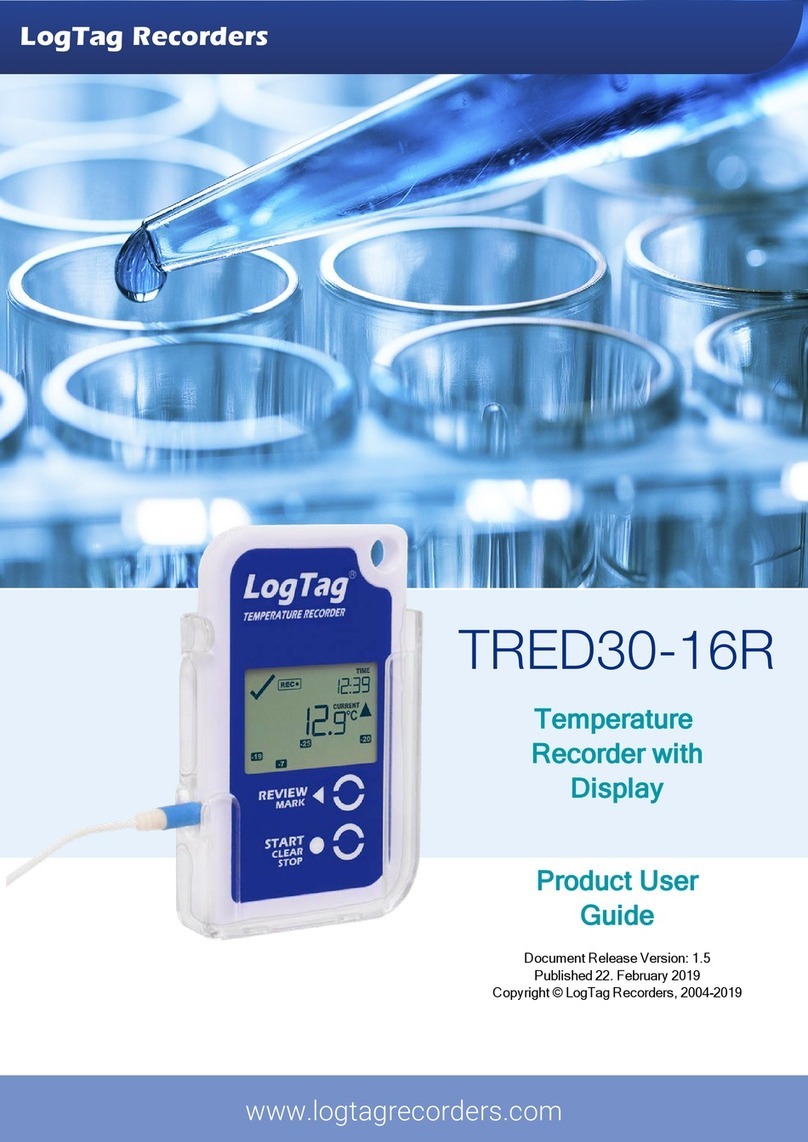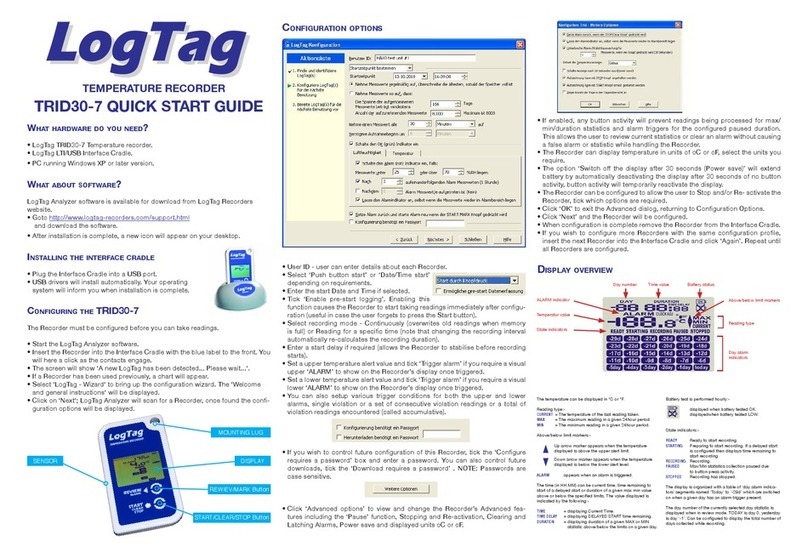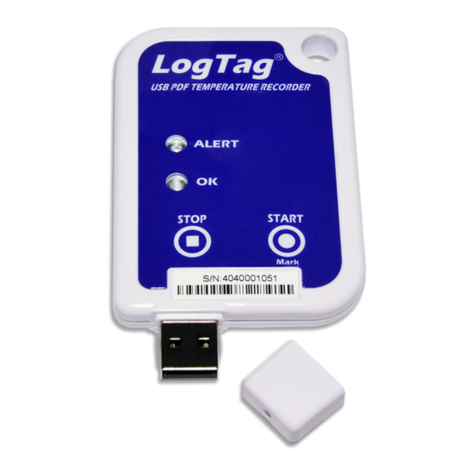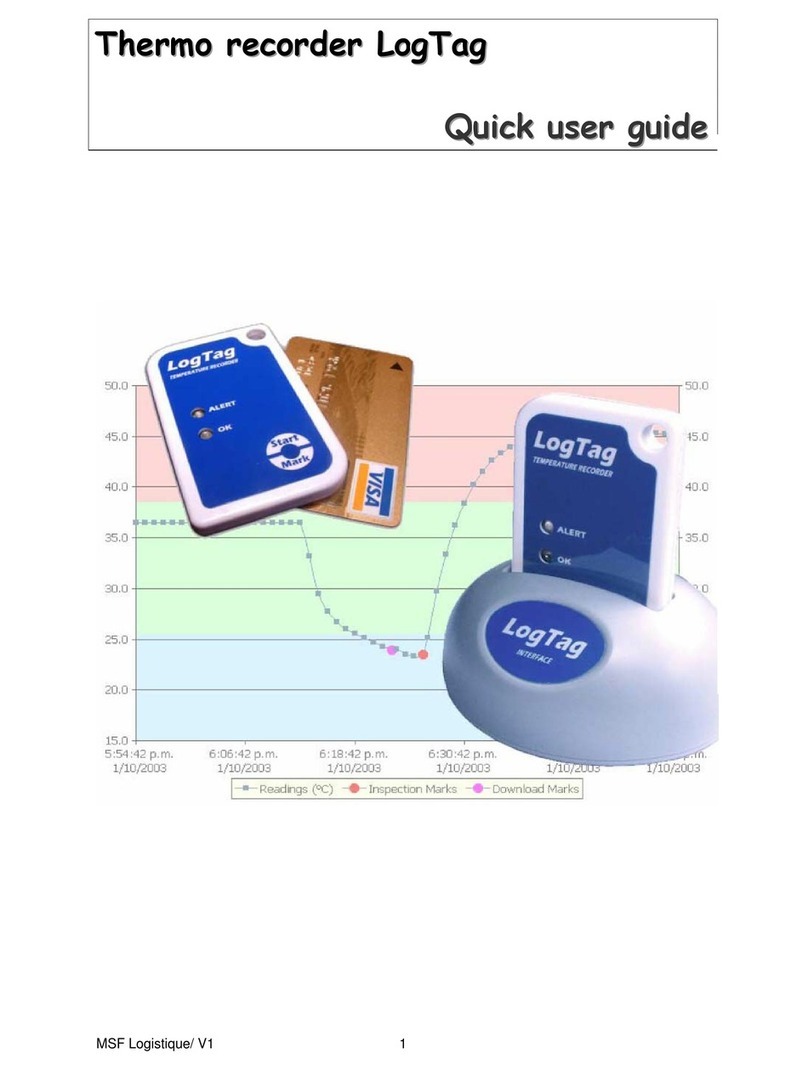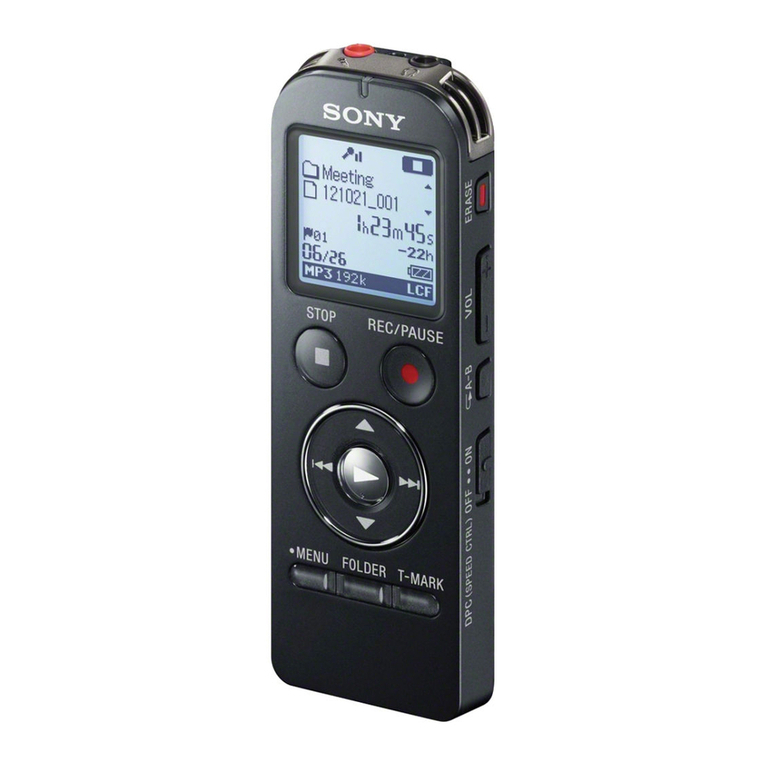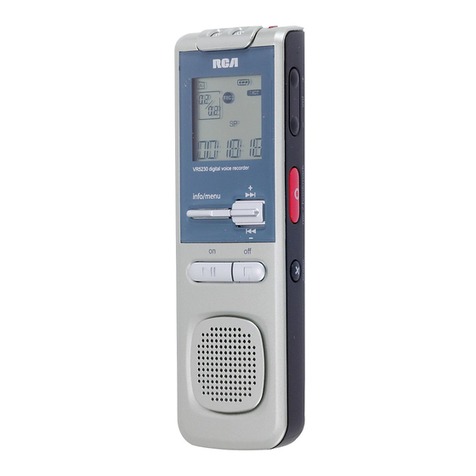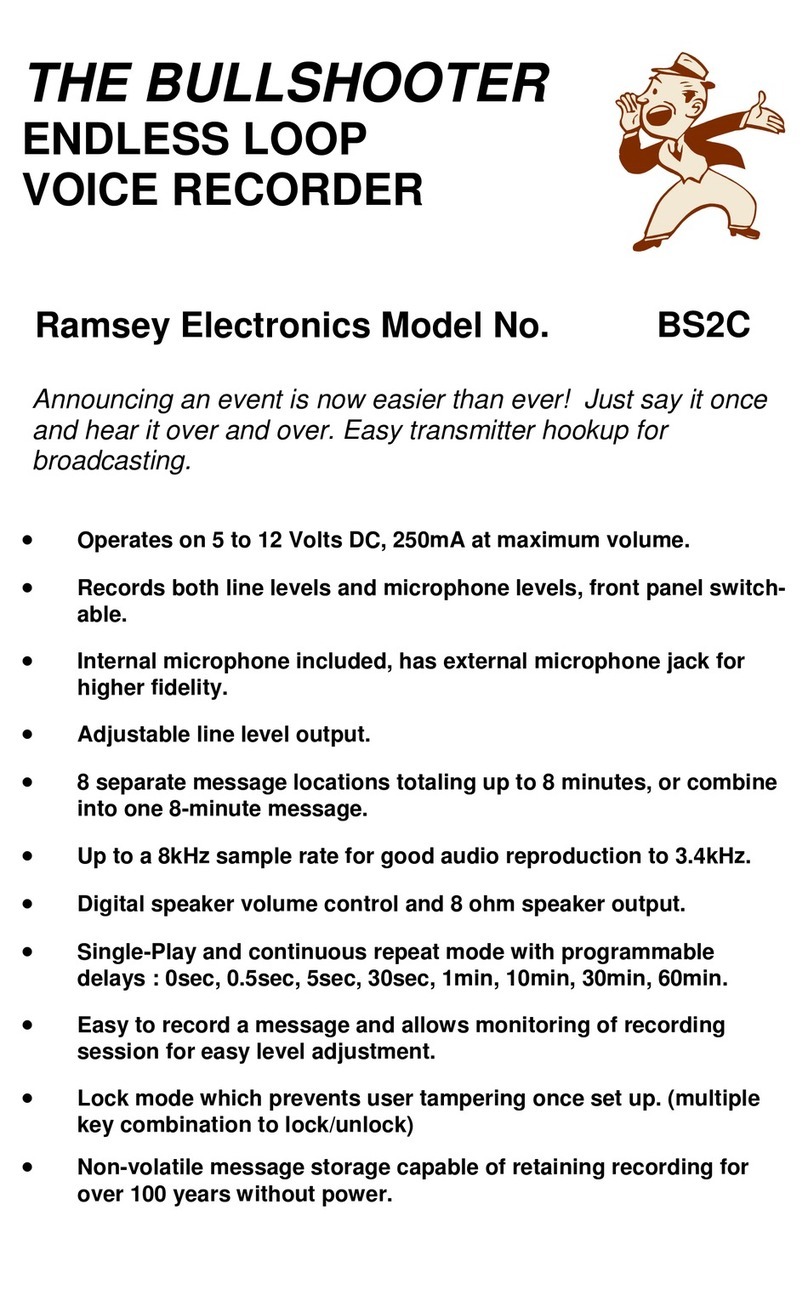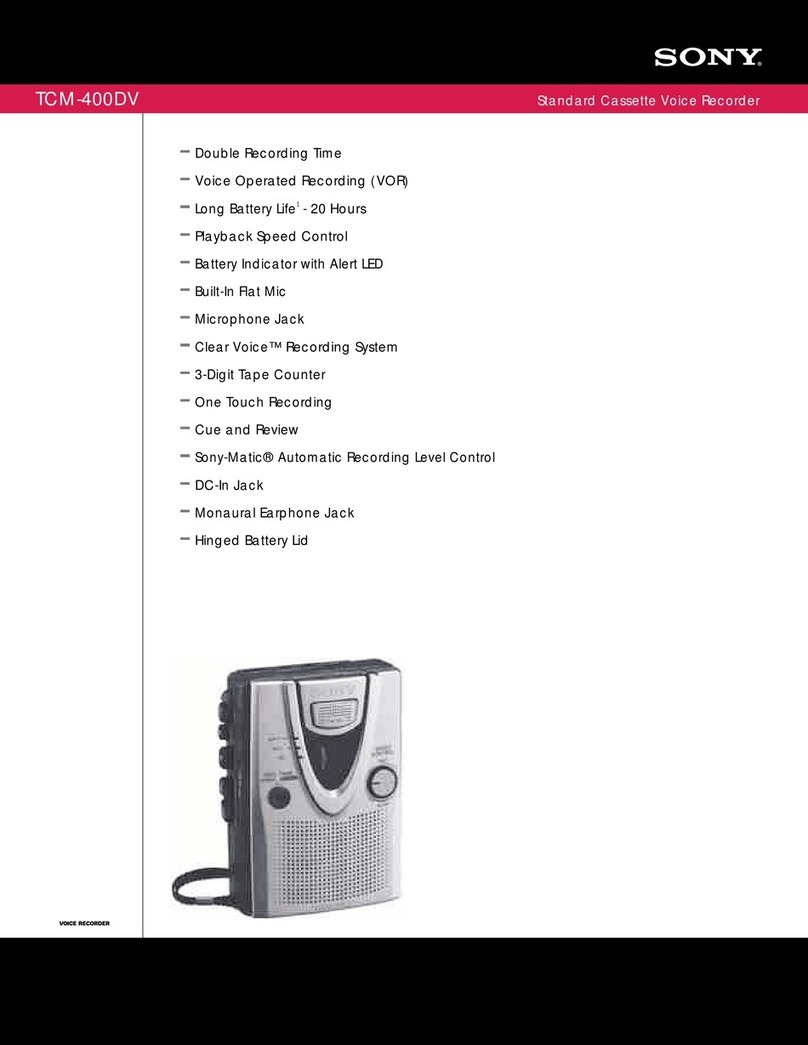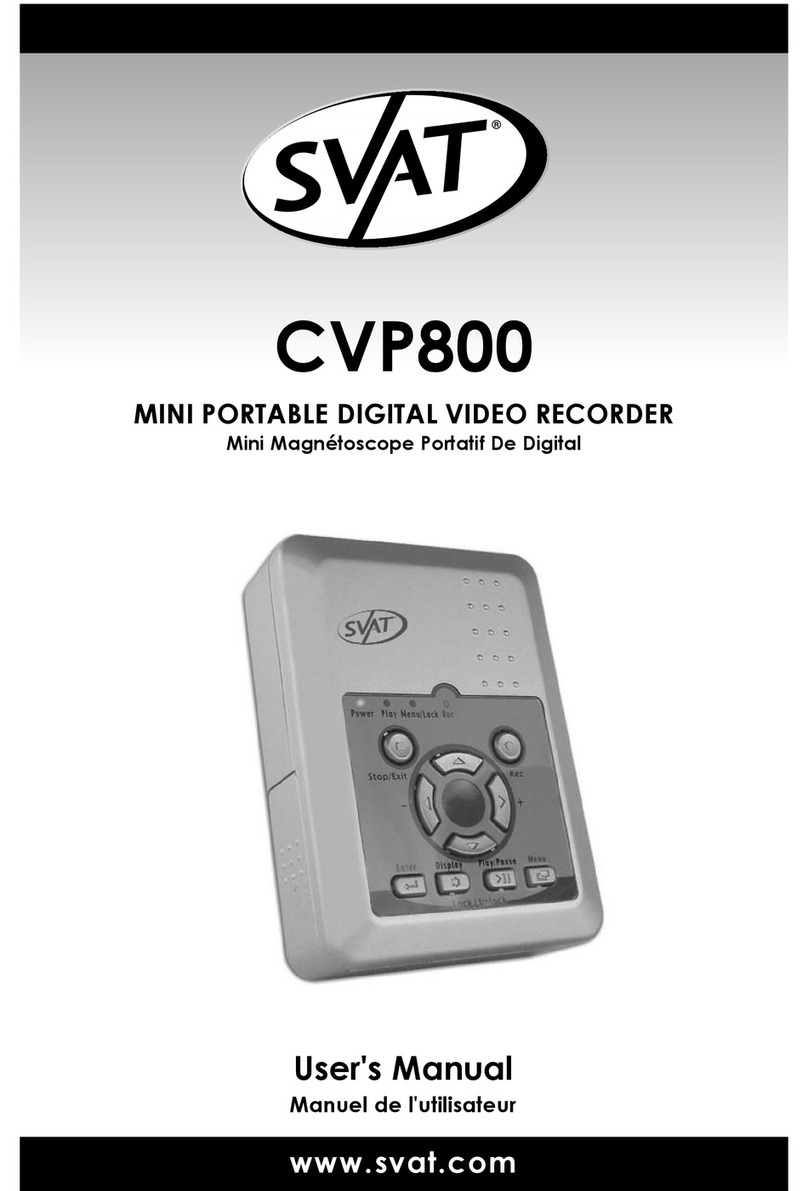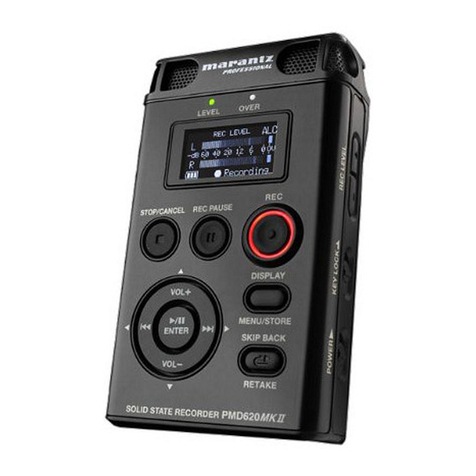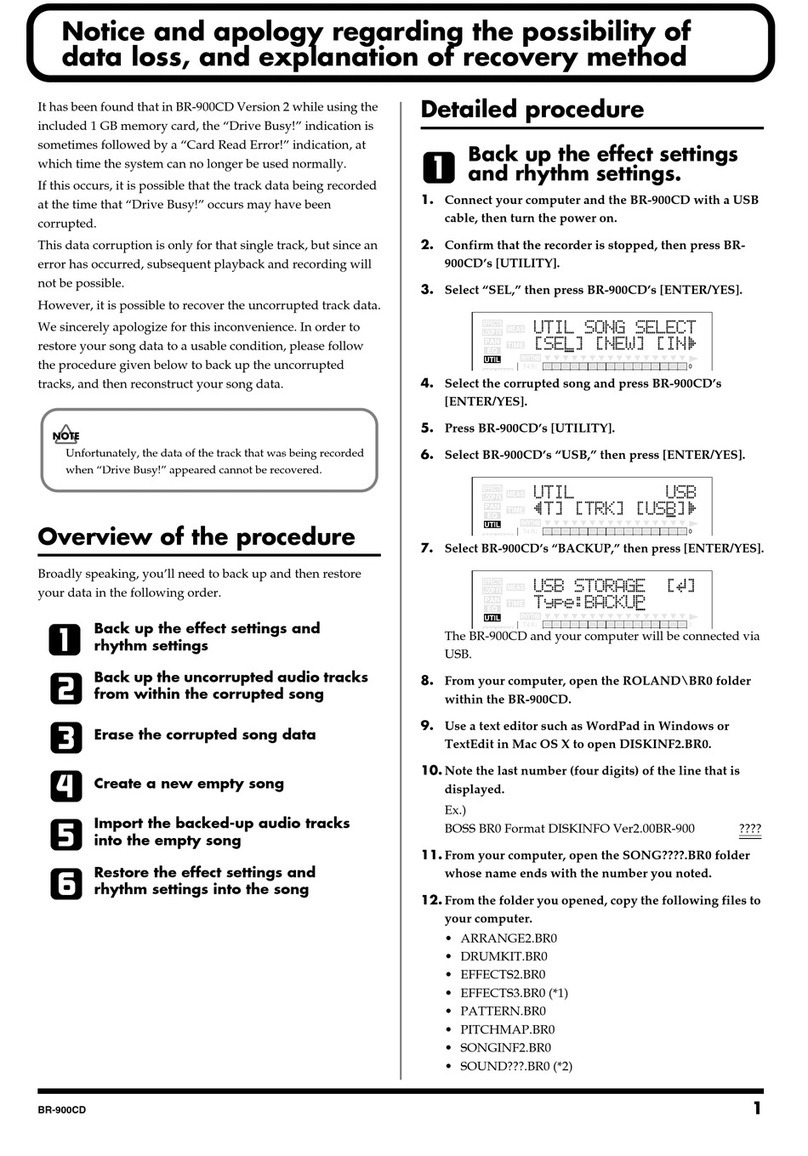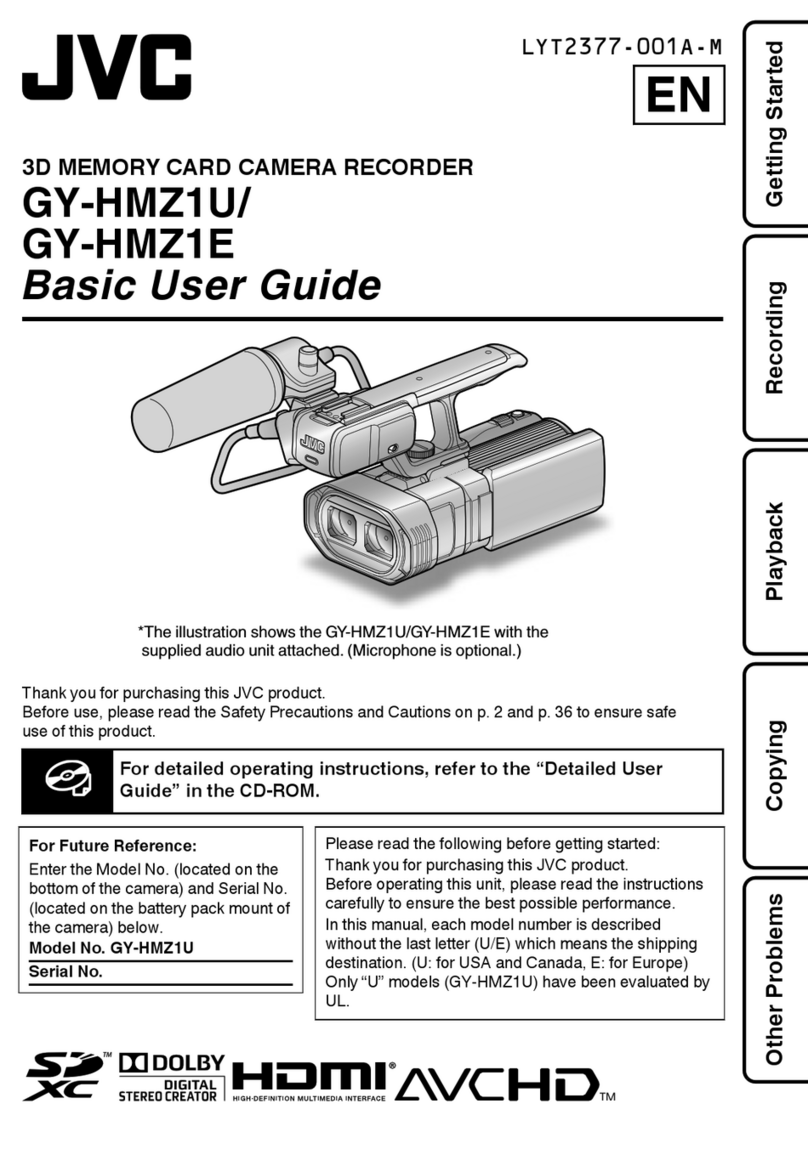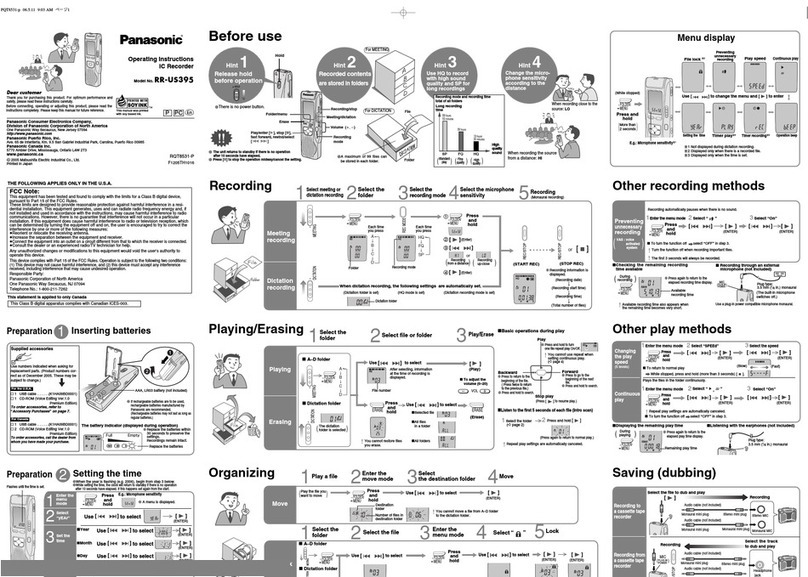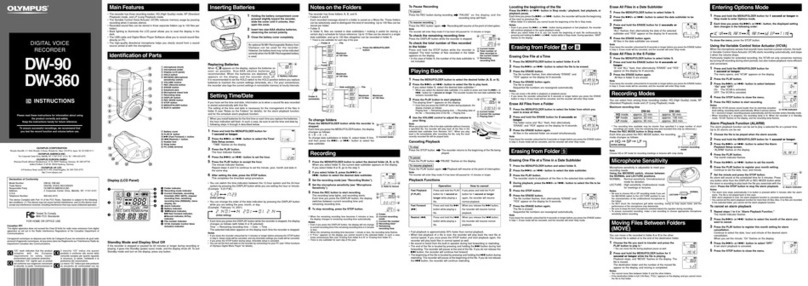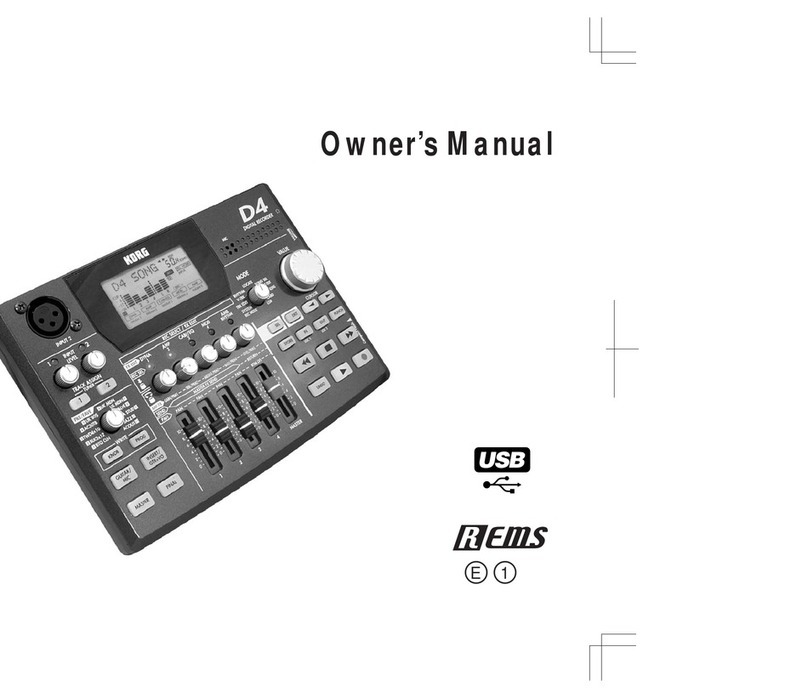
Standard Configuration Options TREL30-16 User Guide 8
Alarm Configuration Options
The TREL30-16 can display an alarm if either of the configured alarm trigger conditions have been met.
This is indicated on the display by showing the Alarm Indicator ( ) and the Day Alarm Marker for today ( ).
Each alarm trigger condition consists of a threshold temperature value, an activation type (which can be
instant, consecutive or accumulative1) and a delay time, if it is not an instant alarm.
If an alarm trigger condition requires readings to exceed an upper threshold temperature it is called an
upper alarm. If an alarm trigger condition requires readings to go below a lower threshold it is called a lower
alarm.
All alarm trigger conditions are configured in the Alarm Settings tab during configuration of the logger with
LogTag® Analyzer.
The screen shows an example where:
lthe upper alarm is triggered when the temperature is -70.0°C or above for an accumulative time of
10 hours.
lthe lower alarm is triggered when the temperature is -80.0°C or below continuously for 1 hour.
Figure 2: Sample Alarm Configuration Settings for the TREL30-16
Once an alarm has triggered, the alarm indicator ( ) remains shown until the alarm is cleared (see Clearing
an Alarm on page17) or the unit is reconfigured. The day alarm marker remains shown until midnight,
then it turns off and the marker for the previous day is shown ( ) to indicate the alarm was registered
against what is now the previous day. When midnight passes next, this marker will move to and so on.
Note: As soon as an alarm is triggered, the corresponding delay time (but not any others) resets to
zero and starts again. The alarm processing for all other alarm delays is not affected. Therefore,
accumulative or consecutive alarms will re-trigger, if the alarm conditions are met again, and the
Alarm Indicator ( ) and the Day Alarm Marker ( ) will be shown, even if any previous alarm was
cleared. Clearing an Alarm does not reset any of the delay values.
Alarm Re-triggering
1
lInstant = one temperature reading is above (below) the threshold
lConsecutive = temperature readings are above (below) the threshold for the time defined in the activation delay without interruption
lAccumulative = temperature readings are above (below) the threshold for the total time defined in the activation delay time, but may not
necessarily be sequential.
